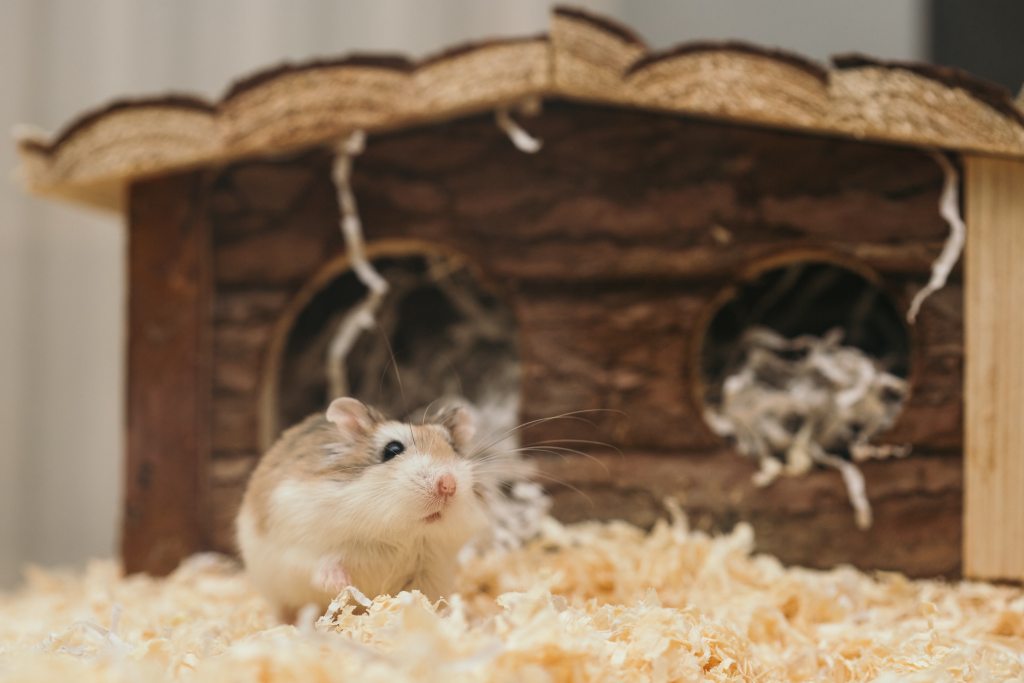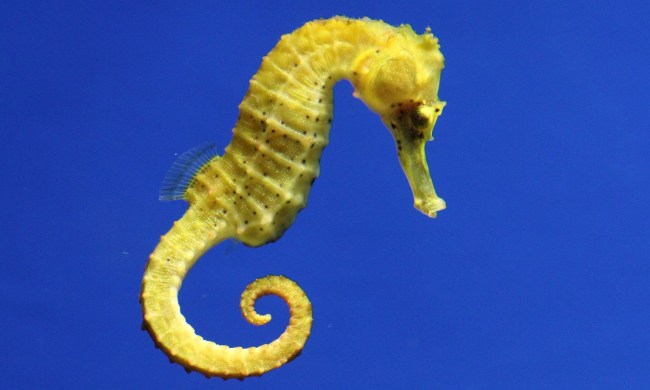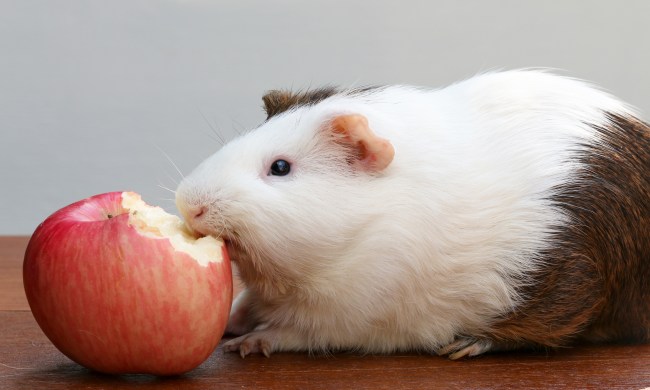You likely already know that your sweet pet hamster won’t make it to a decade of life or even half that. You may wish that your little one would last for as long as a human lifetime. But the relatively short commitment of caring for a pet hamster make this animal a good choice for first-time owners and for children (as long as they’ve learned how to handle pets carefully). Over the course of the hamster’s lifetime, you’ll invest a fraction of the time and money you would for a dog or a cat, not to mention a horse or bird, which can live well into their 30s and 40s. Still, there’s a lot you can do to prolong a hamster’s lifespan and, by taking good care of him, you’ll ensure that his life is a happy one.

What is the lifespan of a pet hamster?
A few owners claim that they’ve gotten their pet hamsters to live up to four years, and the oldest on record made it another six months beyond that. Still, the average is quite a bit less for most breeds in captivity. You’ll likely have your sweet pet for about 2 to 3 years, though that will vary a bit depending on the breed. Robos typically live the longest, so if those couple of extra months are important to you, consider choosing this dwarf hamster as a pet. The average lifespan of a Syrian comes in on the lower end, at about two years.
How much will I pay for a hamster?
Expect to pay about $20 for a hamster, though you’ll be paying more if you want a specific breed or coloring. Before you shell out the money to purchase one, check to see if any are available who need rehoming at no cost to you. Additionally, some rescues offer small pets for adoption at a reduced fee. If you get a hamster from someone you know, that will probably lower your startup cost, as he’ll come with a cage and accessories (so you can focus on buying the fun stuff).
What is the cost of owning a hamster?
In addition to the cost of purchasing a pet hamster, you’ll have to pay for his care. These costs divide up into three basic categories: one-time, recurring, and incidental. Here’s how that breaks down.
One-time startup costs
Before you bring home your new friend, you will need a cage, exercise equipment, feeding dishes, and toys. The great news is that you get to decide how to decorate his new home. You can go for a tubing look, a multistory mansion of fun, or a down-to-earth all-wood set of tunnels and bridges. No matter which style you choose, make sure your pet has plenty to do. Hamsters have lots of energy, and they can only release it in their cages. Most owners wind up spending $100 to $150 on this category.

Recurring planned costs
Your hamster needs to eat every day. He also requires regular bedding changes. Plan to swap out most of the substrate weekly — calculate how much a week’s worth costs, and use that amount as a basis to figure out how much you’ll spend on bedding. Also add regular vet visits to this category, since your hamster will need a checkup when you get him and then every six months to a year after that. The costs in this category will vary a bit, but expect to set aside about $200 per year (assuming $50 for a vet visit and about $150 for food and wood chips).
Incidental and unexpected costs
Our inclusion of vet bills in the category of planned costs was for scheduled checkups. You’ll want to set aside extra for incidentals, both for the office visit and for medication. Hopefully, you’ll never need to dip into these funds, and your sweet hamster will last a good five years without any illnesses, but you want the funds available in case something does happen. Depending on your travel schedule, you may also want to figure pet sitting into your budget. Pet sitting a hamster shouldn’t cost a lot! Your little guy will do just fine with someone popping in over a long weekend to ensure the water and food dishes stay full.
Of course, you want your hamster to live forever, but it’s important to come up with a realistic plan for his care, including a budget. By getting your hamsters in a row before you bring one home, you’ll ensure that you won’t get caught off guard. That way, when your little guy breaks the record and somehow makes it to 6 years old, you’ll be prepared.



